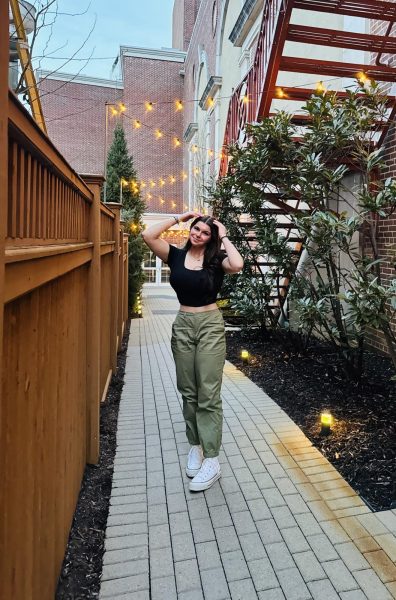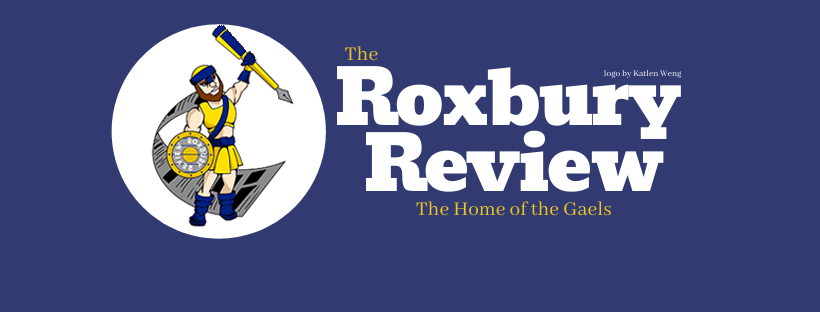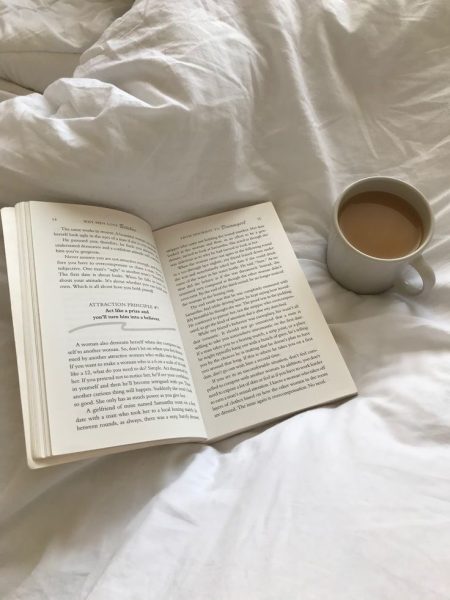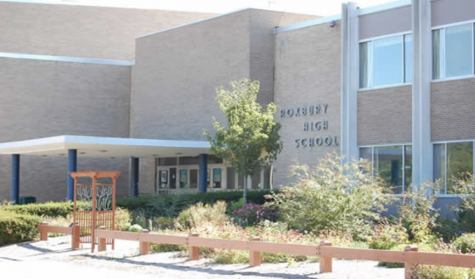The Story of Passover

Photo Courtesy of The Kitchn
The Holiday of Passover, also known as Pesach in Hebrew, is a time to come together with friends and family to celebrate the great lessons of the story: the blessing of freedom and the reminder to work for freedom for all people, since we were once slaves and were freed. The word Passover is derived from the word Pesach, which means passed over.
The story starts over 3,000 years ago; the ruler of Egypt, named Pharaoh, kept Jewish people called the Israelites, enslaved. A man called Moses asked and asked Pharaoh to set them free, but he didn’t. Moses had promised that if Pharaoh hadn’t released them, G-d would make the plague happen to the Egyptians. (Spoiler: it did!)
Specifically, ten plagues came into play. The River Nile turned into blood, frogs filled the land, insect infestations, animals died, Egyptians caught skin diseases, the sun stopped being bright, and the firstborn child of Egyptian families got killed by an angel.
Continuing the story, G-d needed a way to know where the Jewish people lived so he had Moses tell the Israelites to paint lamb’s blood on their doorposts. This way, they would pass over the houses with lamb’s blood and wouldn’t kill the firstborn child. This is where the name Passover comes from. Finally, after 200 years of slavery, the Jewish people were free.
Passover is a major Jewish holiday that celebrates the Biblical story of the Israelites’ escape from slavery in Egypt. This occurs on the 15th day of the Hebrew month of Nisan, the first month of Aviv, or spring. Passover honors the Biblical story of Exodus – where G-d had freed the Israelites from slavery in Egypt.
You may have heard that Passover lasts a week, but did you know you can only eat certain foods during that time? The Passover dietary rules restrict the consumption of grains that can become leavened. These grains are wheat, spelt, barley, and rye. During these 7 days, you can only eat unleavened grains. Additionally, wheat is permitted only if baked into Matzah. Something called Chametz (leaven) must be cleaned out of the house during Passover so you will not come into contact with it.
As dreadful as that sounds, there are some extraordinary foods to eat during Passover. Charoset: apples, walnuts, brown sugar, cinnamon, and wine – a delicious combination almost as good as Brisket. But don’t forget about the Matzo Ball Soup. The flavors will blow you away! Between the Matzo Brei, Kugel, Horseradish, Rainbow Cookies, Macaroons, and the chocolate-covered Matzah, there are endless options for a scrumptious meal!
Families hold a seder on the first—and sometimes second—night of Passover. It’s a religious service set around a dinner table in which the participants eat, pray, drink wine, sing, and tell stories from a book entitled the Haggadah. There are six items on a seder plate: matzo, a green vegetable, a lamb shank bone, charoset, bitter herbs, and an egg.
It is a tradition to set an extra cup of wine on the dinner table and open the door for the enigmatic prophet Elijah, hoping he will enter. By all counts, Passover commemorates the slavery of the Israelites in Egypt and their ultimate exodus to freedom. It is no wonder Passover is celebrated by many and memorable to most.

Eliana Okun is a high honor roll student at Roxbury High School. She enjoys her free time writing and playing on the softball field, as well as obsessing...





